How often and how to clean the dog’s bowl
Published: 2025. 04. 21 - Photos: Getty Images Hungary, welovedogz.hu • 4 minutes reading

Published: 2025. 04. 21 - Photos: Getty Images Hungary, welovedogz.hu • 4 minutes reading
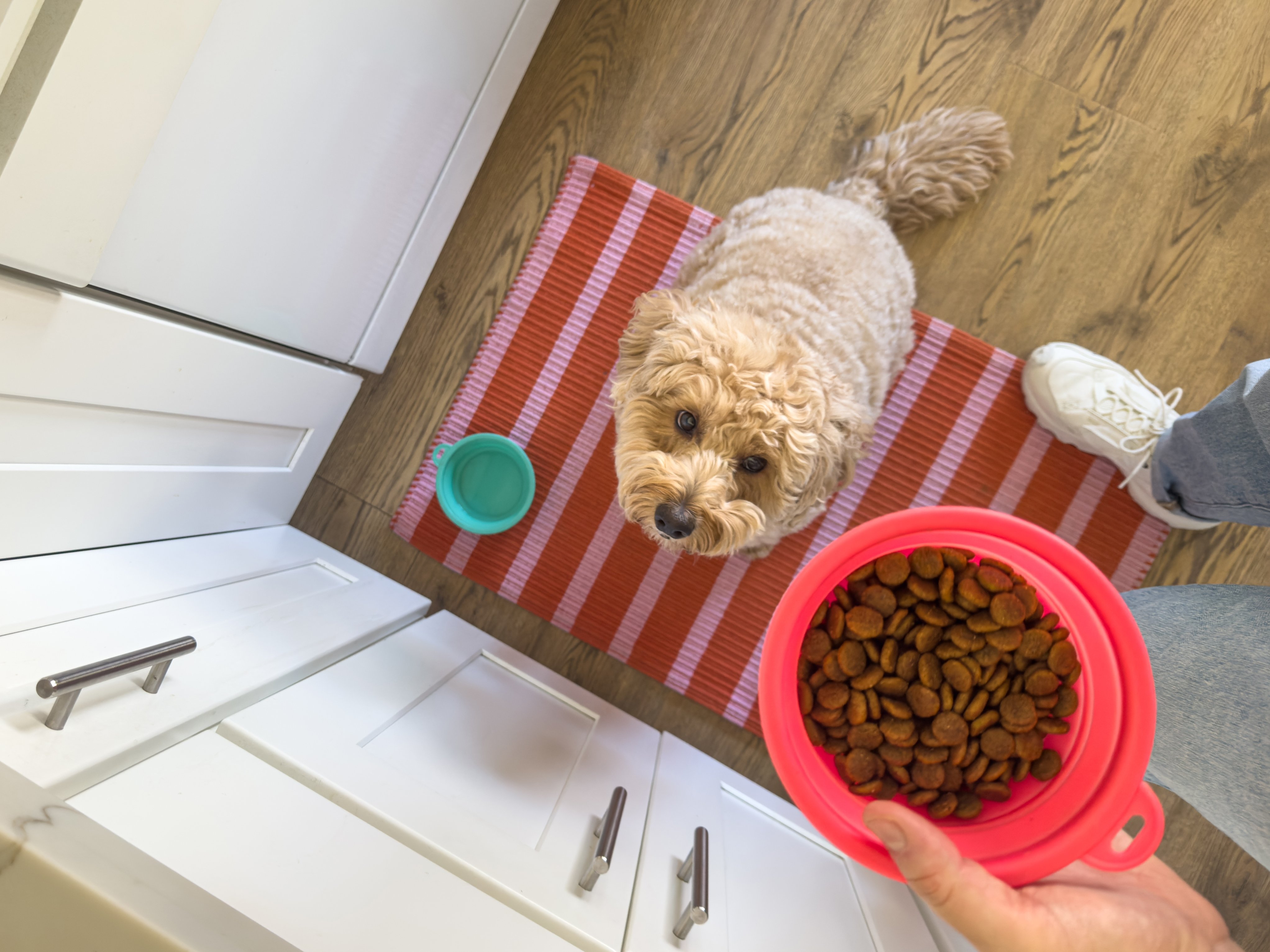
You might wave it off, thinking you simply need to rinse it under the tap, but keeping your dog’s food and water bowls clean is extremely important. Regular cleaning helps reduce the risk of harmful bacteria spreading, which can lead to health problems such as diarrhoea, vomiting, dehydration, fever, lethargy, and other serious conditions.
Let’s see right away how often to wash the dog’s bowl, why a clean food and water bowl is important, and how to carry out the task.
 Experts recommend stainless steel bowls
Experts recommend stainless steel bowls
You might refill the water bowl multiple times without washing it. Or you might pour a fresh portion of dry food into the same bowl your dog previously licked clean. Even if it doesn’t look dirty, improper food handling and hygiene practices can lead to contamination, exposing both you and your dog to infection. Just like you wash the dish you ate from instead of pouring another serving of soup into it a few hours later, treat your pet’s tableware the same way!
“Dogs aren’t the tidiest eaters, they drool, slop food around, and their mouths are full of bacteria that when mixed with food particles and moisture, can create the perfect environment for harmful microorganisms to thrive.” explains Dr Kelly Hood, veterinarian, to the AKC. And when bacteria stick to wet surfaces, they form a slimy layer called biofilm. The plaque on teeth and soap residue in drains are also such biofilms. This is a medium made up of microorganisms – such as bacteria, yeasts, and dirt. The main reason to wash the dog bowl is to eliminate this biofilm, which can lead to illness.
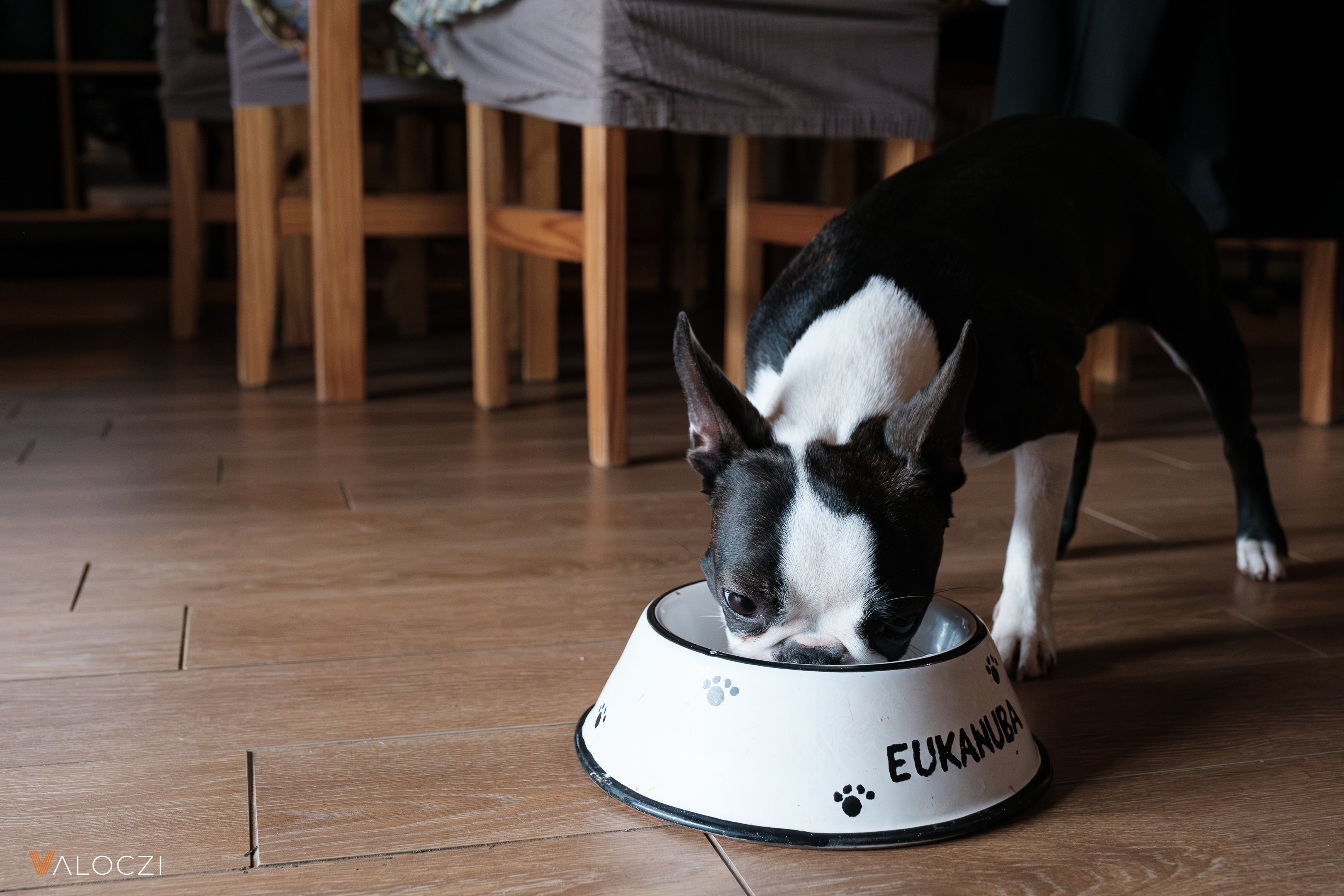 The bowl is not clean just because the dog licked it clean / Photo: welovedogz.hu
The bowl is not clean just because the dog licked it clean / Photo: welovedogz.hu
Due to the risk of infections caused by salmonella or listeria, the dog’s bowl must be washed after every meal with hot, soapy water. Their water bowl must also be washed once daily, again with hot, soapy water. The build-up of biofilm is not only dangerous for your animal but also for your family and yourself. Experts recommend that the dog should have 2 of each bowl, so you don’t have to wash them immediately if you’re in a rush – you’ll always have a clean one ready for them. And don’t forget to wash your hands after dishwashing!
Leftover food can attract insects and other pests. Furthermore, bacteria like E. coli or salmonella may settle, and their growth can cause an unpleasant smell and food poisoning. These bacteria pose a serious health risk to both pets and humans.
According to the National Sanitation Foundation, pet bowls are the fourth most contaminated items in the household – right after dish sponges, kitchen sinks, and toothbrush holders. Another study shows that bowls used for wet food contain more bacteria than those used for dry food, and handwashing removes fewer bacteria than the dishwasher.
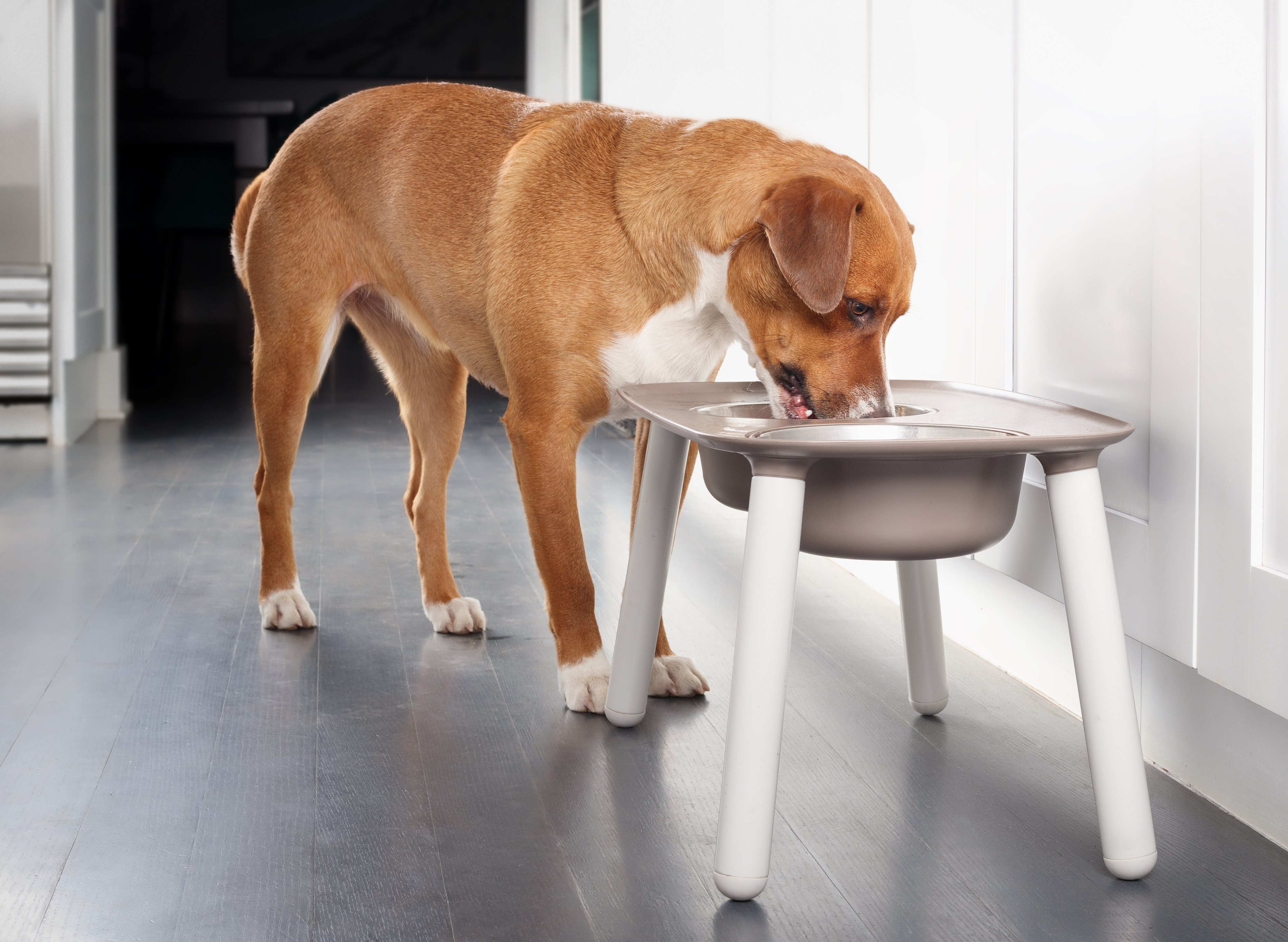 Both food and water bowls must be washed daily with hot, soapy water or in the dishwasher
Both food and water bowls must be washed daily with hot, soapy water or in the dishwasher
Depending on the amount of bacteria, your dog may experience mild stomach issues or skin problems. In more severe cases, serious infections can also develop. “Sometimes chronic diarrhoea can be cleared up just by implementing a regular bowl washing routine,” highlights Dr Kelly Hood.
If you wash the bowl by hand, it’s worth disinfecting it once a week: mix a disinfectant (for example, diluted bleach solution), soak the bowl for 10 minutes, then rinse it thoroughly. If you use a dishwasher, ensure the bowl is dishwasher-safe and use a high temperature. If your dog is healthy and you clean their bowls regularly, it’s perfectly fine to wash them together with your own dishes – except if there is a baby or immunocompromised person in the household.
Experts recommend the stainless steel bowl. This material is durable, dishwasher-safe, and doesn’t absorb smells or bacteria – unlike plastic.
A high-quality ceramic bowl might be a more aesthetic choice, but they are heavier, not always dishwasher-compatible, and more prone to breaking. If the ceramic bowl is chipped or cracked, it’s worth replacing it, as bacteria can more easily settle in those crevices.
It’s important to provide separate food and water bowls for all animals living in the household. This not only prevents conflicts around the bowls but also reduces, at least somewhat, the transmission of bacteria and infections.
Click here to read about the dangerous pests that invade your dog's bowl at night.
Follow us!
facebook instagram youtube spotifyRelated articles

Advantages and Disadvantages of Wet Food for Dogs: We Point Out Some Surprising Things
Health • 3 minutes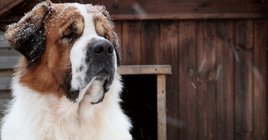
How to keep your dog safe outdoors during the cold winter
Care • 5 minutes
Is your dog's paw slipping too often on the floor? Here's what you can do to help
Care • 3 minutes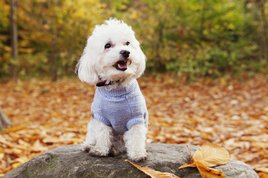
As the temperature drops, your dog's skin becomes more sensitive: how to care for it properly
Care • 3 minutes